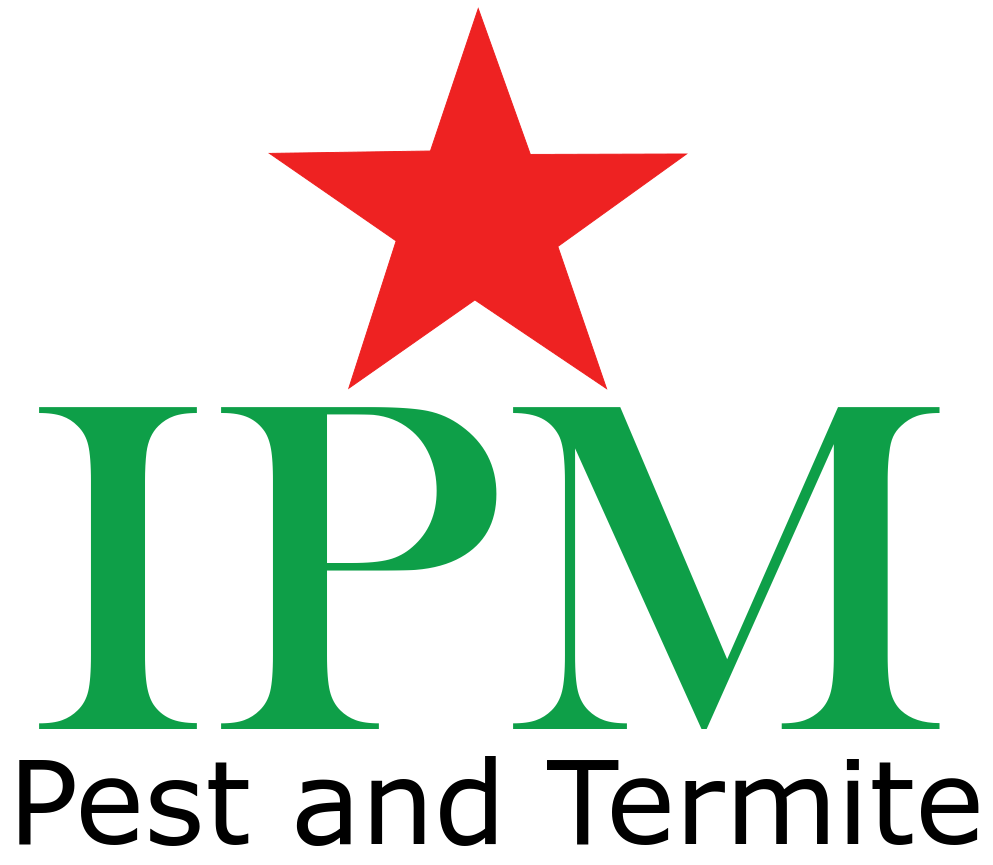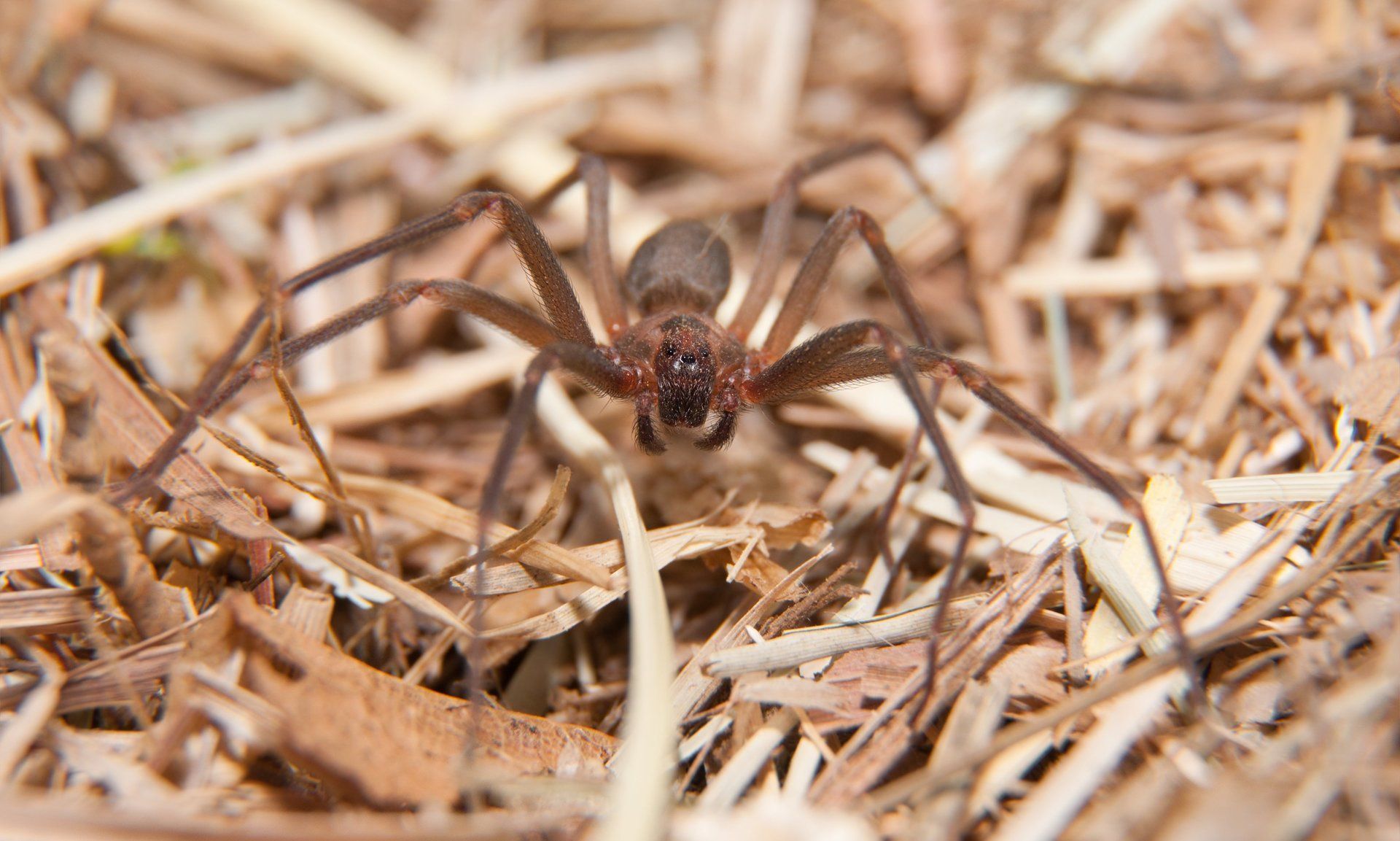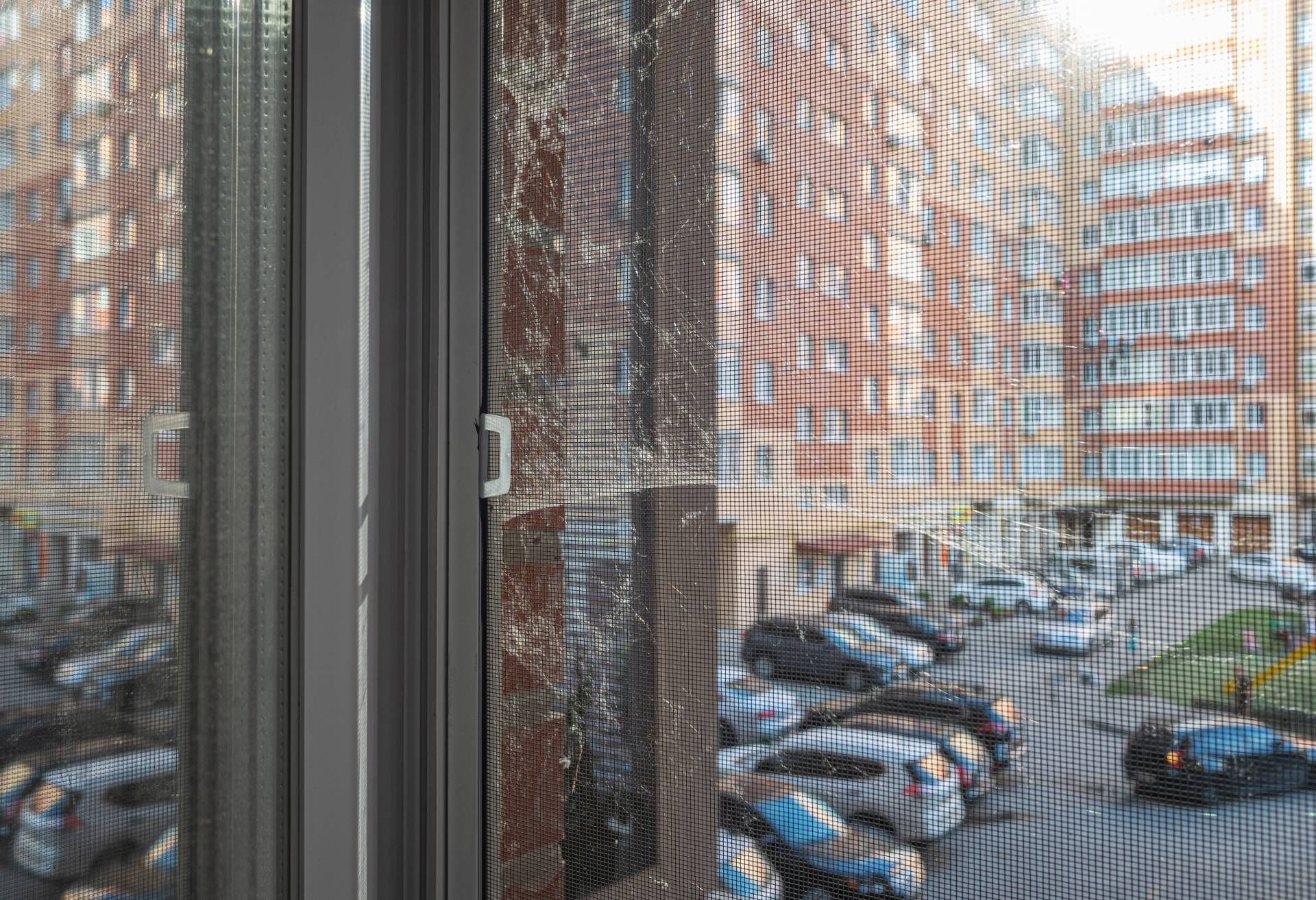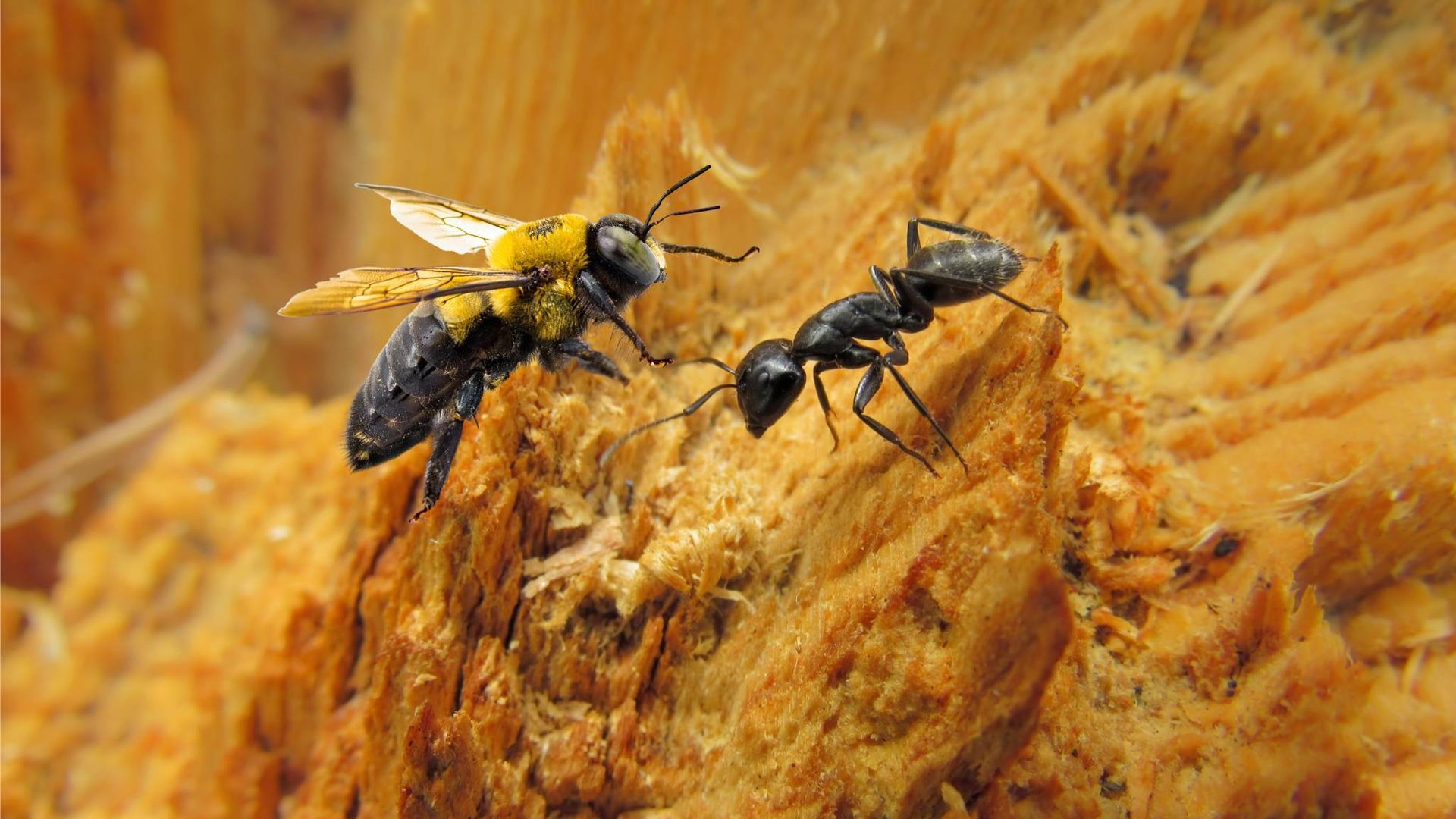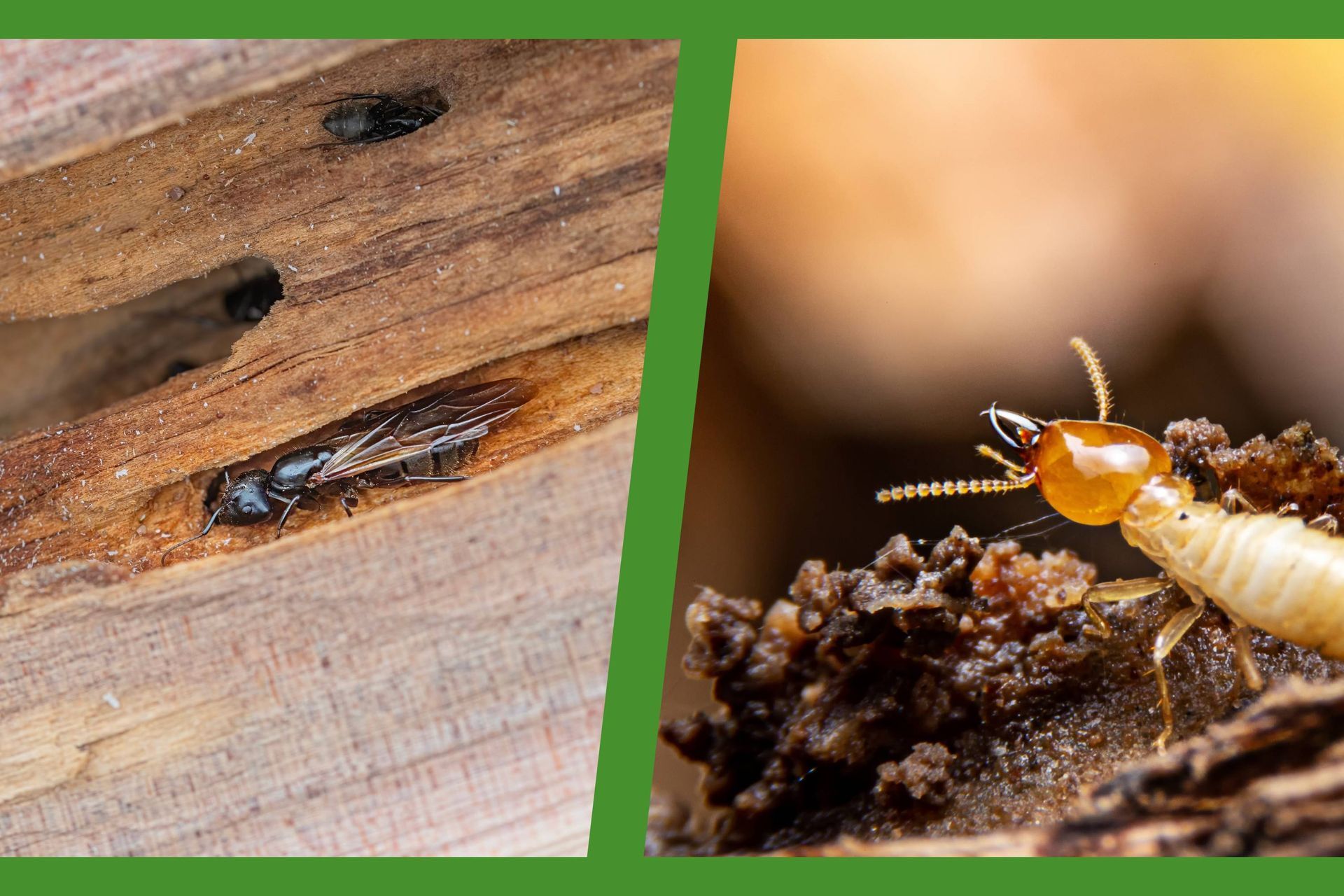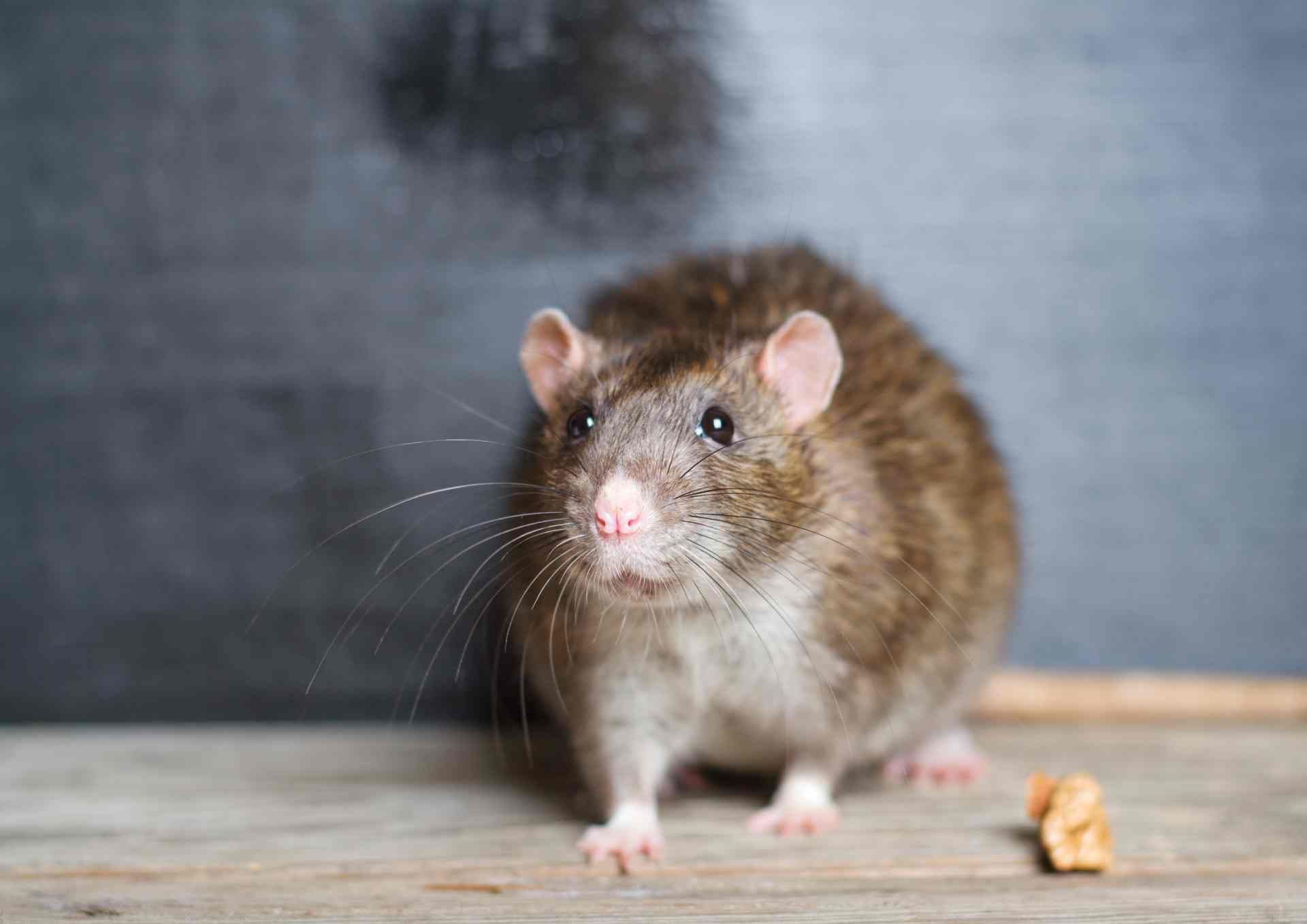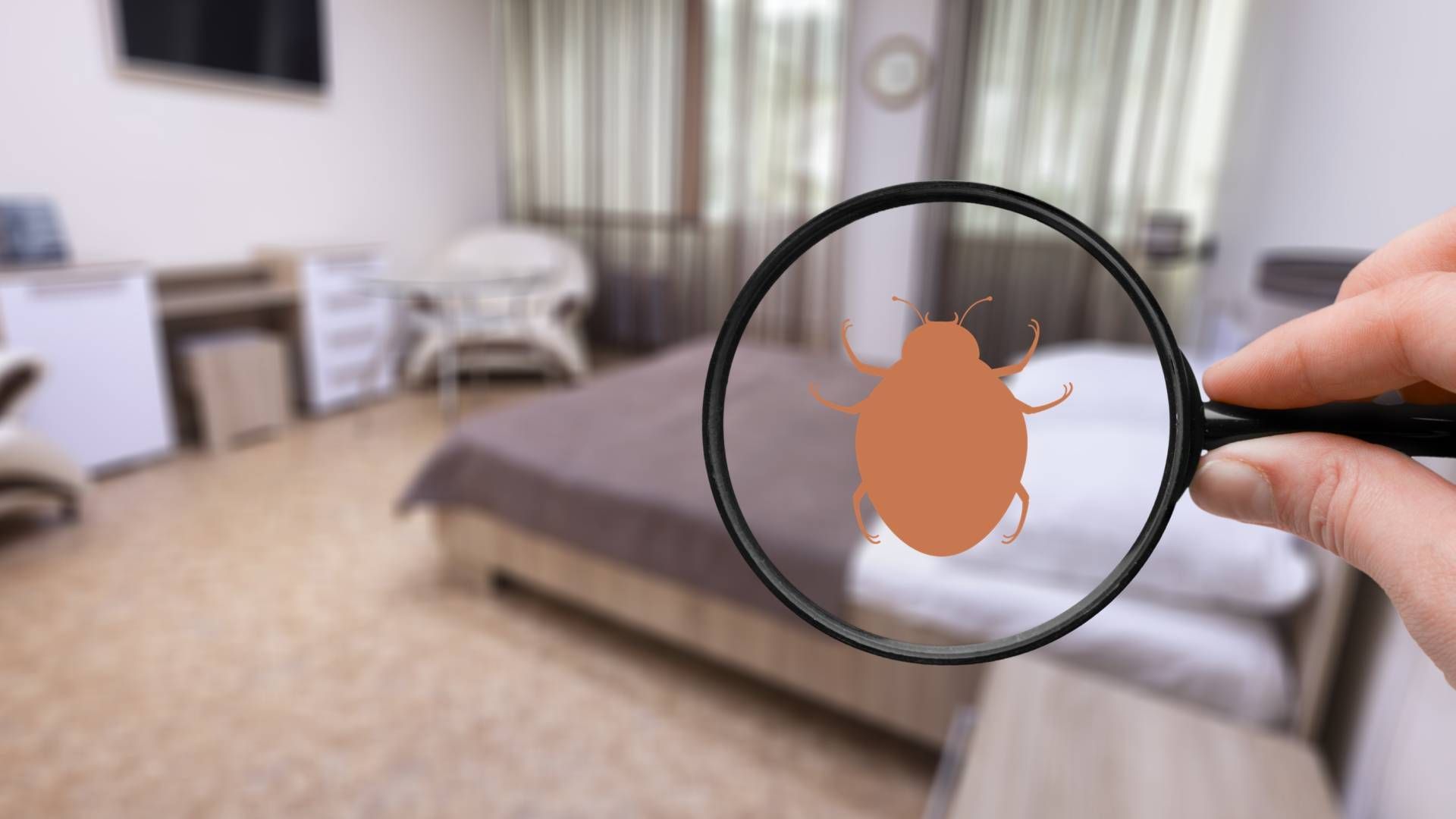It's Not a Brown Recluse, It's a Grass Spider
IPM Pest & Termite gives you the information to tell the difference between the venomous brown recluse and the harmless grass spider.
With the official start of summer comes endless days spent frolicking in the grass and bathing in the sun. There is a certain carelessness that comes with roaming around outdoors during the summer months, but it is important to stay aware of your surroundings. Most people fear those pesky bites from mosquitos, but what about the others in the phylum arthropoda? It is almost inevitable to encounter some sort of bug during outdoor adventures, so you need to educate yourself on whether that bug is a friend or foe.
The brown recluse
is the most feared insect when it comes to spending your summer outdoors. However, this specific spider has a twin that is frequently mistaken as its poisonous counterpart. Therefore, it is crucial that you are familiar with both insects in order to determine how cautious you should be.
The brown recluse is a recluse spider that is one of only two spiders in North America with medically significant venom, meaning that if you get bitten then you should immediately seek medical attention. They are usually colored a dull tan but can vary to a deep brown, with the younger spiders being lighter in color. A brown recluse is roughly the size of a quarter.
The most prominent identifier of a brown recluse is the distinct mark on the back of their thorax. It is a deeper mark, usually black, and is shaped like a violin with the handle pointing towards their abdomen. However, there are other spiders who may have similar markings. Therefore, you need to examine the eyes of the specimen to determine if it is a brown recluse. A brown recluse is one of the few spiders that will have three pairs of eyes and the only spider that has 6 eyes and the distinct violin-shaped mark.
Their brownish hue and outdoor habitat are what cause many people to misidentify a grass spider for a brown recluse. Agelenopsis, or a grass spider, is significantly larger than a brown recluse but has a similar coloring. However, this spider has a set of eight eyes and is a funnel web spinner. Although their bite may cause damage to possible prey, they are not a concern for humans. Based upon their name, they are most often found amongst the side of buildings spinning webs in corners and hiding amongst the grasses. A brown recluse will nestle into a similar habitat and try to find areas with less activity.
It is of course possible that either of these spiders can find their way into your home, garage, or other closed locations, as they will be more drawn to dark corners and more hidden areas. There are two measures that you can take to ensure that you have a fun, spider free summer. The first is to educate yourself on the difference between these two specimens to prevent any bites. The second is to call us as IPM Pest & Termite Control
for the most environmentally sound and effective treatment to remove such pests. We are located in Lexington, KY and serve the surrounding area.
